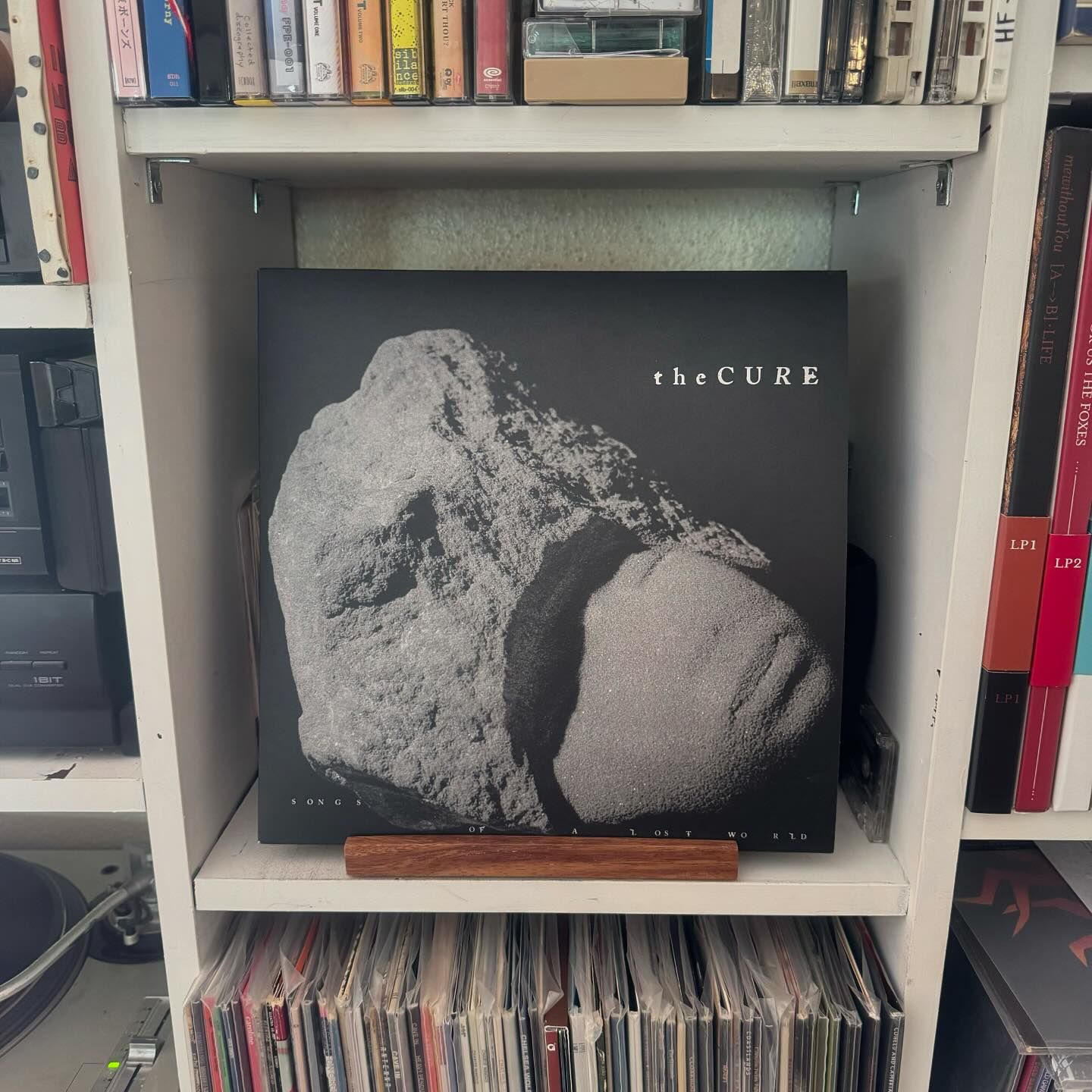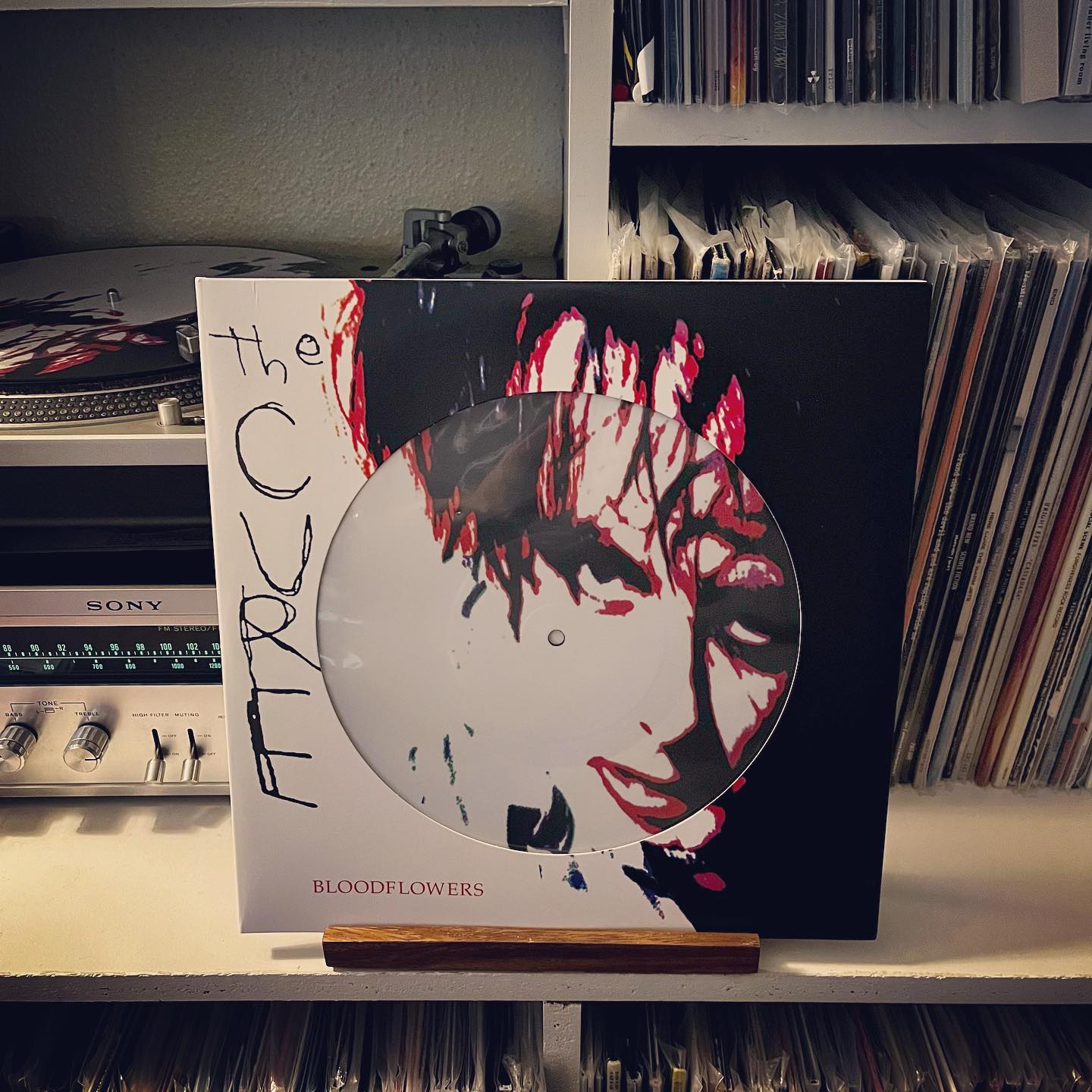
Man, did I get really into the Cure at the right time or what.
Long time readers will remember how long my road to Cure fandom, which trekked from detached respect to casual enjoyment to an explosive burst of superfandom just last year. Across that time, I have mourned many times that I didn’t get into them as a teenager, when their brand of emotional rawness would be the most potent.
But as it turns out, Robert Smith & Co. have a really great handle on middle aged angst as well. Songs of a Lost World offers a profound sense of mortality and gothic romanticism set to as archetypal a Cure Record as could be devised. Continue reading







 When I first heard
When I first heard 